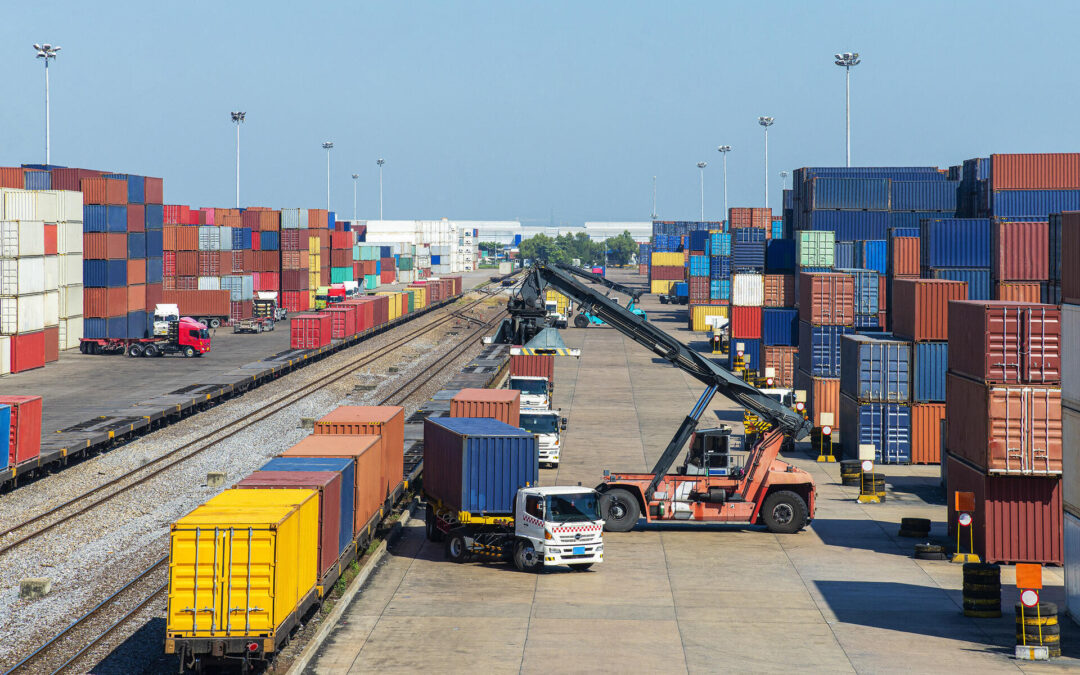Containers are essential elements of international transportation and storage, but choosing the right model for your needs can be complex. Each type of container is designed to meet specific uses, and understanding the different options available is crucial to making an informed choice.
1. Standard containers (Dry containers)
Standard containers are the most used for the transport of dry goods. They come in two main sizes: 20 feet and 40 feet, which are the most common on the market. They are ideal for manufactured products, clothing, furniture or any other goods that do not require specific conditions. If your goods do not require temperature or humidity control, standard containers are often the best choice.
Advices :
- For bulky but lightweight cargo, a 40-foot container is more economical.
- For heavier goods, choose a 20-foot container so as not to exceed the authorized weight limits.
2. Refrigerated containers (Reefers)
Refrigerated containers are designed for transporting perishable goods such as food products, pharmaceutical products or flowers. They help maintain a constant temperature throughout transport, ensuring that your products arrive in perfect condition.
Trick :
- Check that the temperature range of the reefers is suitable for your goods. For example, some containers can maintain sub-zero temperatures for frozen meat, while others are better suited for fresh produce.
3. Open-top containers
These containers are used to transport bulky or irregularly shaped goods, such as industrial machinery or construction materials. Thanks to their removable roof, it is possible to load goods from above.
Recommendation :
- Use open-top containers for products requiring loading by crane, and be sure to cover them well to protect the goods from the elements.
4. Flat rack containers
Flat rack containers are intended for cargo that exceeds the dimensions of standard containers, such as heavy vehicles or metal structures. They have no roof or side walls, which makes it possible to load wide or tall goods.
Practical advices :
- Choose a flat rack if your products are too large for a standard container or require easy access from all sides for loading and unloading.
5. Used or new containers?
When purchasing a container, it is important to determine whether a new or used container best suits your needs. Used containers are often more economical, but they may show signs of wear. New containers, on the other hand, offer maximum durability and can be customized to your specifications.
To do :
- If you have strict durability or safety requirements, consider purchasing new containers.
- If your budget is smaller, good quality second-hand containers can offer an affordable solution.
Conclusion
Choosing the right container depends on several factors, including the nature of your goods, transport conditions and your budget. Whether you need standard, refrigerated or specialized containers, it is crucial to carefully assess your needs before making your selection. At Omnifreight, we offer a wide range of containers to meet all your requirements, whether for buying or selling. Our experts are there to guide you towards the best solution, ensuring that your goods are transported in the best conditions.

